Basic Survival Skills: A Guide to Survive in The Unknown
Are you an outdoor adventure type of person? Do you know how to evade a predator attack? Are you competent with the basic survival skills needed for survival? Because you have to think fast when you’re out there, completely stranded in the woods with no one to help and every decision you make will decide your survival duration.
One wouldn’t worry as much if they’ve got technological assistance with their mobile phones and their iPads. It gets tricky when the sun is setting and darkness begins to take over and you lose control over such technology gadgets.
[the_ad_group id=”21″]
That’s when things go haywire. Every year, thousands of people across the globe get stranded in deserted regions whether it is a forest, island or anywhere else; we all need to know all the survival skills necessary to make it out safe and sound.
Imagine yourself lost in the woods with your technology gadgets running out of battery. You might even get into a worst scenario if you’re injured. There are millions of disease-causing germs, bacteria, fungi and another leech-like organism everywhere around you.
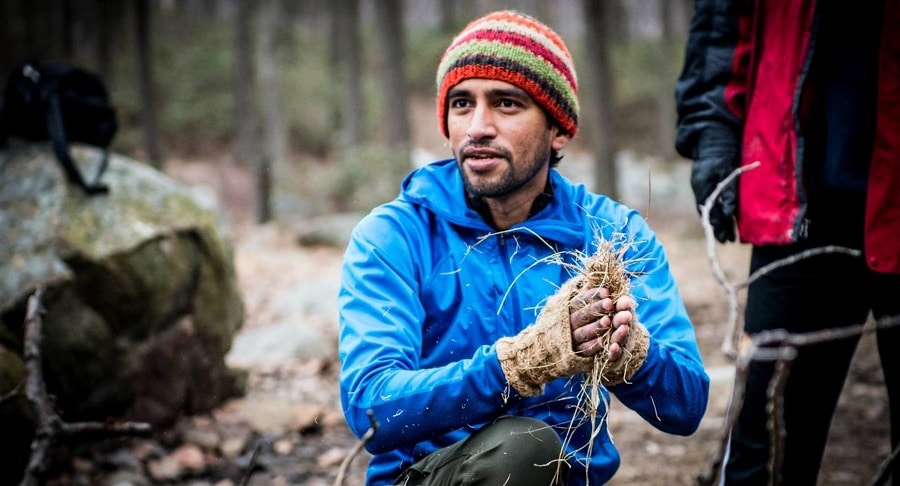
Your chances of survival begin to fall drastically. In this article, we’re trying to create awareness about adventure safety and the primary survival skills and techniques that one needs to know in order to stay safe regardless of the situation for as long as possible.
We will be discussing several survival aspects, tools, techniques, methods and skills that you will need to combat the worst of the worst situations in the wilderness.
So, without any further ado, let us get to answer the main questions.
What Are Survival Skills?
Survival skills or survival techniques are basically a set of methodologies or techniques that a human being applies in order to sustain their living for as long as possible in any form of environment. Survival techniques typically include training meant to guide humans to get hold of the basic necessities such as water, food, and shelter in such environment.
These skills have the purpose of making us super proficient at handling all sorts of unforeseen and emergency situations that we do not anticipate in advance. Whether it is running out of food, water or perhaps being attacked by a bear; having these skills promise a lot of safety in all such instances to everyone.

There are many world-famous adventurers and survival experts who have gone through hundreds and thousands of hours of excruciating training in order to master the art of survival. However, for folks like us who are not all that dedicated, we at least need to know the very basic tips, tricks, and skills needed to make it through these tough situations.
By learning these various survival skills, you will enable yourself to tackle any surprise situation as it comes. You will no longer find yourself baffled even if you’re stuck in something too dangerous like an avalanche or a forest fire too.
Survival Items
Before we learn the various skills required for survival, let us make a note of the various survival items that you should always carry while setting out on an adventure. These items are sure to help you in your hour of desperation should you get into any sort of trouble. Know, The Island with Bear Grylls, the TV show? Well, none of us wishes to be in that situation, do we? To find out how to choose the best survival gear, check out our reviews on these items for your reference.
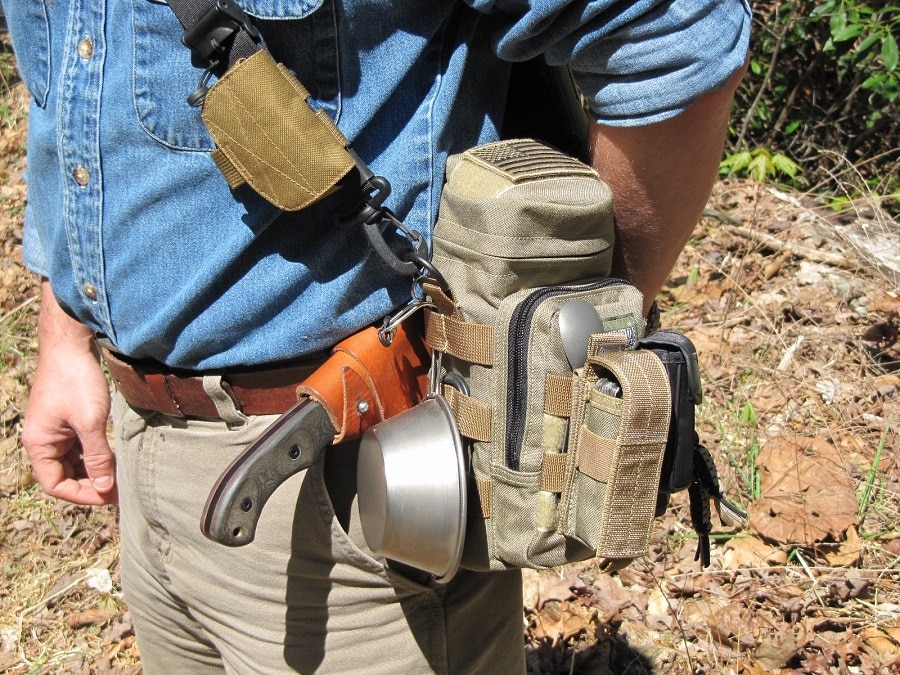
Carry a survival kit. A survival kit mainly comprises of a sharp knife, matches, fish hook, sewing kit, a survival first aid kit and also a flashlight. There are various brands of survival kits available these days over the internet and some of them even come with more items like the Swiss-knife or a few camouflage items too. Go through it all and pick the best one with the most durable quality items in it.
A survival kit can help you stay alive for much longer than you can imagine before the lights begin to dim out. A survival kit will help you get to safety before any harm to yourself. The most common forms of danger out in the wilderness are bites, fractures, poisoning, cardiac arrest, haemorrhage, hypothermia, infection, sprains, and wounds.
Survival Skills
Survival skills are practically the most mandatory skills that are needed to interact with a new environment comprising of animals, plants, water bodies and many unforeseen elements. You’re probably asking where would one use these so-called “survival skills”?
Well, to name a few of the many instances, survival skills mostly find application in outdoor adventures and outdoor activities like trekking, backpacking, hiking, hunting, fishing and even while touring into the unknown.
Attitude
Attitude determines the winner. You’ve probably already heard of this before and it couldn’t be more fitting anywhere else. Your attitude will determine your survival chances in case of all the aforementioned scenarios. The right mindset along with the perfect attitude is way more powerful than any survival kit in the world.
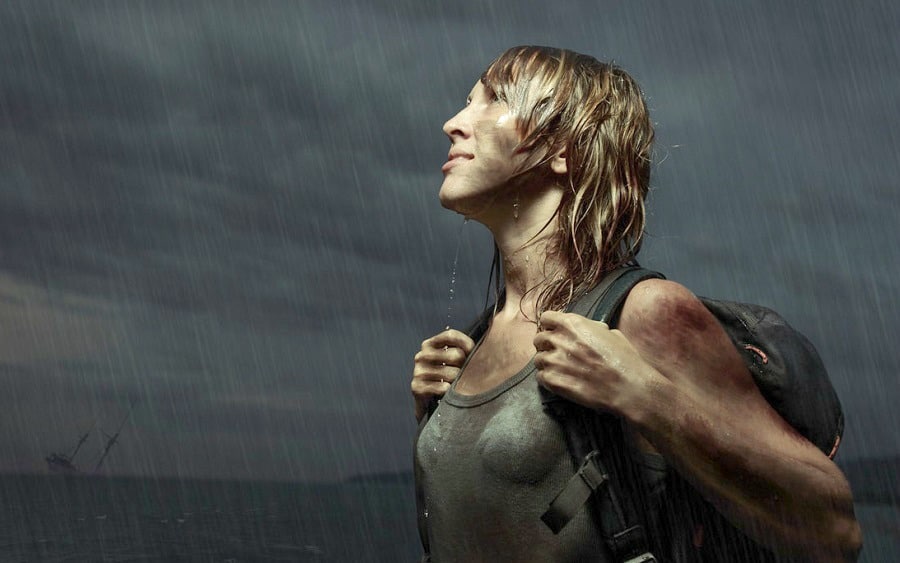
Much like being street smart, you need to be wilderness smart, in order to be successful in tricky situations. The right attitude will tell you that survival skills begin well before stepping out into the unknown. Do your homework well enough. Learn the basics as described below.
- You can survive a maximum of three minutes without any bit air.
- You can make it only three hours at unregulated temperatures.
- You won’t last more than 72 hours (3 days) without a drop of water.
- The maximum that you’ll survive without food is three weeks.
No matter what the situation is that you’re facing, remember to stop, plan, execute, assess the situation, and finally,reevaluate the environment around you. These are some of the most basic thought processes that you’ll need, to begin with, and stick to in order to get through the times that you’re likely to face while on an adventure.
Shelter
The biggest risk to life while out on an adventure is to get exposed to the elements of nature. Things like lightning, thunderstorm, hail snow, extreme rain or extreme heat are the main reasons for casualties. The best way to counter any such scenario is to first and foremost ensure to find one or make a shelter to get back to.

Direct exposure to any life threatening elements can be evaded with a well-structured It is extremely important to find a well enough shelter at survival circumstances. It becomes extremely crucial to reducing or preferably eliminating rapid heat loss or in the case of a desert region, water loss.
[the_ad_group id=”22″]
Finding an appropriate shelter is the best way to do so. The following list consists of a few things to keep in mind while building yourself a shelter.
- The location of the shelter. It should preferably always be away from hazardous regions. Try to plan a shelter close to materials.
- Insulation of the shelter from rain, wind, heat and air is important.
- The heat source is another factor to consider. It could either be body heated or fire heated.
- You can either build a personal shelter or even a group shelter too.
Hollow logs and stumps or Caves are the best natural shelters you can find in typical wilderness adventures. You can even build yourself a shelter like the debris hut, scout pit or the tipi.
Water
Almost 80% of the human body comprises of water and we have to ensure that this level does not fall too low while we’re against a survival situation. Water is much more important than food or fire in life-threatening One gallon of water is the ideal amount for human beings to consume per day.
People often die in extreme survival situations mainly due to two reasons which are either dehydration or infected/pathogenic water. Apart from water containing life-threatening pathogens, it is also very common to find industrial waste, agricultural waste too. For more survival water purification techniques you can learn, check out our article on this topic.
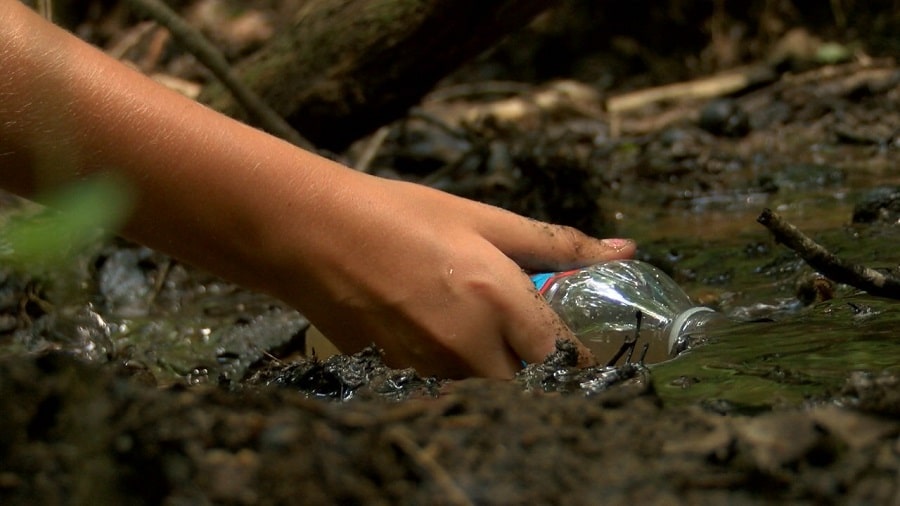
You can find clean and drinkable water at sources like springs, streams or by collecting mountain dew in the morning. If you’re still doubtful of the quality of the water, then treating it with iodine can help purify it drastically.
If you manage to find sufficient water for survival, you can make it through the harsh conditions even if you don’t find any food too. You can use your socks to purify water as instructed by famous adventurers too. Fill your sock with soil, charcoal, sand, and some grass. Pour the water and collect it at the bottom. The water is much more purified and drinkable than before.
Fire
Fire isn’t exactly a must; however it certainly is incredibly useful during challenging survival circumstances. Fire finds various applications in survival situations. Whether it is heating your shelter, drying up of your clothes, cooking food or even perhaps to boil water; all of it can be achieved with fire.
Psychologically, fire provides a great sense of support, security, and safety for anyone stranded on an island or lost in a forest. It helps feel more comfortable during all sorts of adventurous survival instances.

Packing up a few fire starting items or tools before you start your crazy adventure is absolutely a very good idea. Lighters, flints, matchsticks, are some of the fire starting things that you can carry along with you.
But then again, starting a fire could become real challenging due to the harsh climatic conditions that you might be faced with. Survival experts and adventurers always advise practicing starting a fire with different types of fire starting tools before starting out just to be on the safe side. You can even light a fire by the primitive and age old technique of fire by friction method.
Food
Don’t be alarmed to see food this low down the order. We’re simply prioritizing based on what is more mandatory first and then the next. If you remember what I mentioned earlier, human beings can survive without food for almost 3 weeks straight.
Although, you shouldn’t have to go that far to prove the point. Water and shelter thus become slightly more important. Finding edible and naturally occurring foods, fortunately, isn’t too hard. We can find hundreds and thousands of things in the natural environment that can be consumed without any issue.
Fruits, vegetables, seeds etc are some of the many things that you may find around you while in a survival situation. The idea isn’t to be able to get the finest cuisine to meet your hunger needs. The idea is basically to simply cater to your nutritional demands to keep you alive and going.

You can find a lot of insects, berries, and plants that can be eaten to support your dietary and nutrition needs when starving in a survival situation. Cattails, Conifer, Grasses, and oaks are some of the few known plants that can be found in abundance to support your food need when stuck in a life or death situation.
Note: This is a piece of caution; ensure to thoroughly check the plant or the berry that you’re about to consume. Go through an adventurers’ guide as your homework before your adventure since there are a lot of wild berries and plants that are extremely poisonous in nature.
Naturalist Skills
Your chances of survival increases very drastically with the amount of knowledge you have about the environment or nature you’re about to deal with. You have to acquire a lot of additional information and knowledge about nature and surroundings that challenge your survival.
The more in-depth the understanding, the better are your chances of making it out safely. To cite an example, possessing the knowledge of wildlife tracking will enable one to easily locate food in the wilderness.
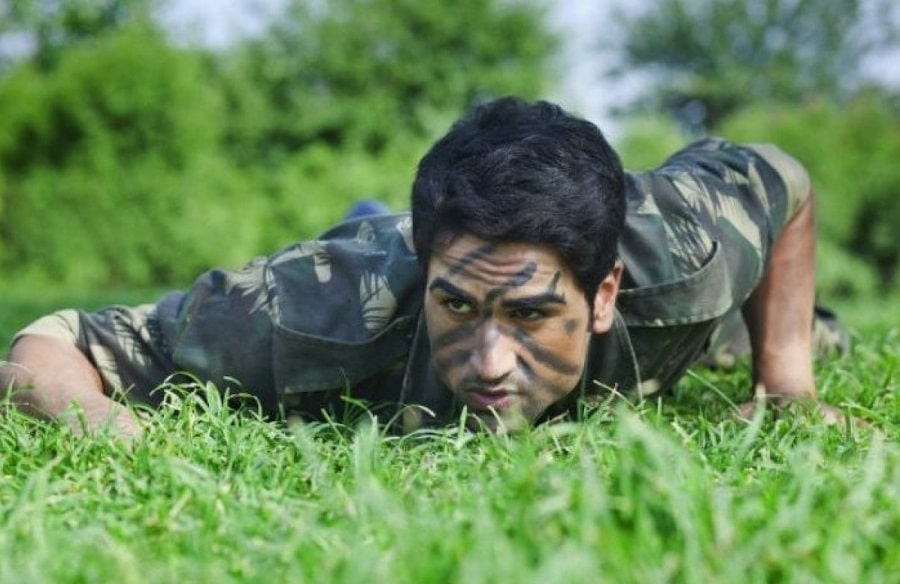
It will also give the information that you need about herbal medicines too. Herbal cures with wild plants are crucial in case of a severe injury or wound that requires immediate attention. It is very widely said that naturalist skills are very important for survival even more than the survival kit that you are initially asked to carry in the beginning.
Additional Tips
- Gigging: The act of hunting for food with the help of a multi-prolonged spear is called gigging. When it comes to survival situations, hunting for food can help survive longer till you reach safety or until help finds you. You can practically hunt down anything whether it is a fish or even a snake; gigging can cater to it all. Find a sapling whose diameter is about an inch thick.
Cut it down in order to split one of the fat ends with a sharp rock or a knife. The fat end needs to be split 10 inches low into four equal sections. You’ll then have to spread the ends apart and you can do that by putting a stick in between the tines. Finish it up by sharpening the points and edges. This is basically how a four pointer spear is made. It is extremely useful in taking down prey on the go. - Navigation: Apart from all the survival skills mentioned above, this skills pretty much rounds up your survival strategy. Not only do you need to know how to survive but you also need to know how to navigate and find your way across to safety.
Perfect navigation skills will help you find civilisations, river streams, higher lands and even shelter too. You don’t always need a GPS to find your way.
[the_ad_group id=”23″]
Even if you find yourself without a compass or perhaps a small map, the sky up above is sufficient to keep you moving in the right direction. The most basic technique is to follow the sunrise and the sunset which is from the east to the west. To determine the north-south line, hold your analog watch hour hand pointed towards the sun and imagine a line passing between the hour hand and 12 ‘o’ clock. This is the north-south line.
Wrap Up
There is one other thing that you should constantly try to do apart from safeguarding yourself with the above-mentioned skills. This other thing is to “constantly send survival signals”. A lot of times, there is an added fear of a major injury that may leave you unable to move.
It is then when you feel the desperate need to get saved by someone. Try to reach high hill tops and light fires as much as you can to become more visible for someone to see.
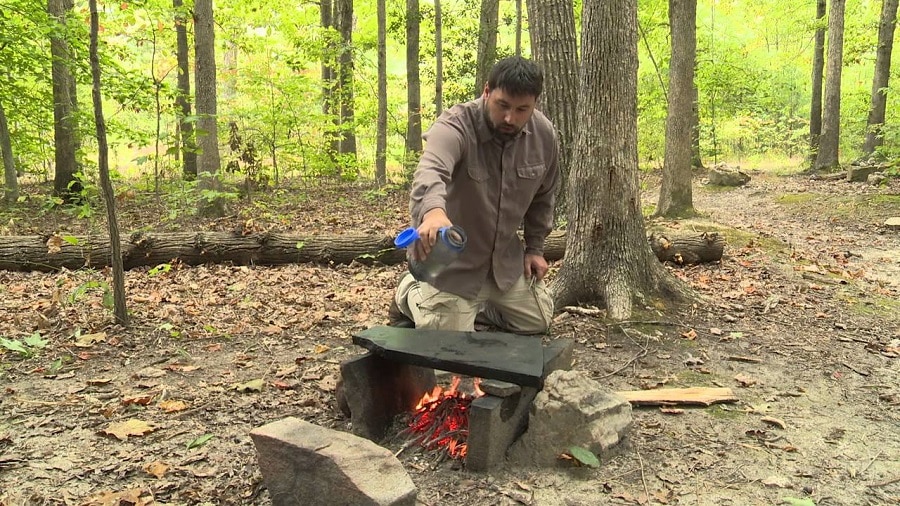
Have you heard of the story of Juliane Koepcke, the lone survivor of the Peruvian forest plane crash? She made it out alive after 14 days in the Peruvian forest despite numerous physical and psychological injuries simply because she followed the right survival techniques. Survival safety is a very important skill that you need to learn if you’re an adventure lover.
Without the right skills, tools and knowledge you might find yourself in danger or perhaps a very life threatening situation too soon. Out of all the basic survival skills that one needs to know, the aforementioned skills are very effective when it is a matter of life or death.
Before heading out the door, here are must-read survival books to get in order to help you in your next adventure.

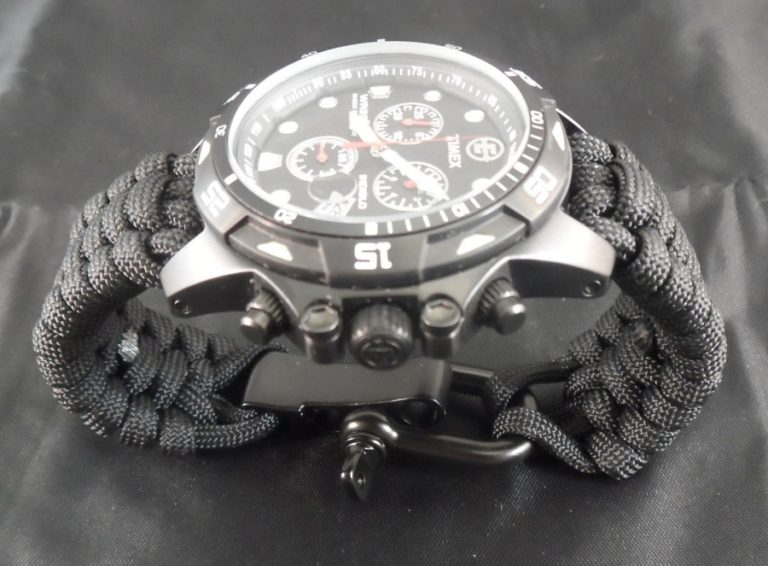
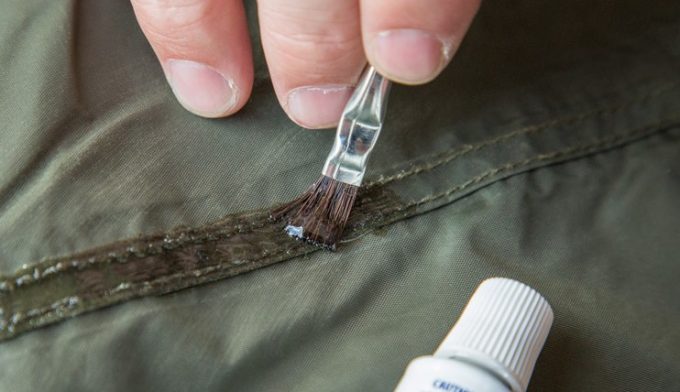
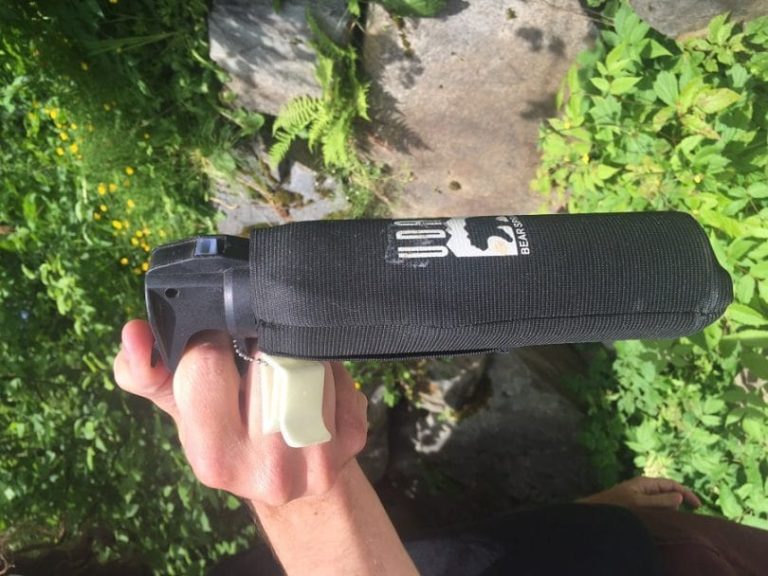
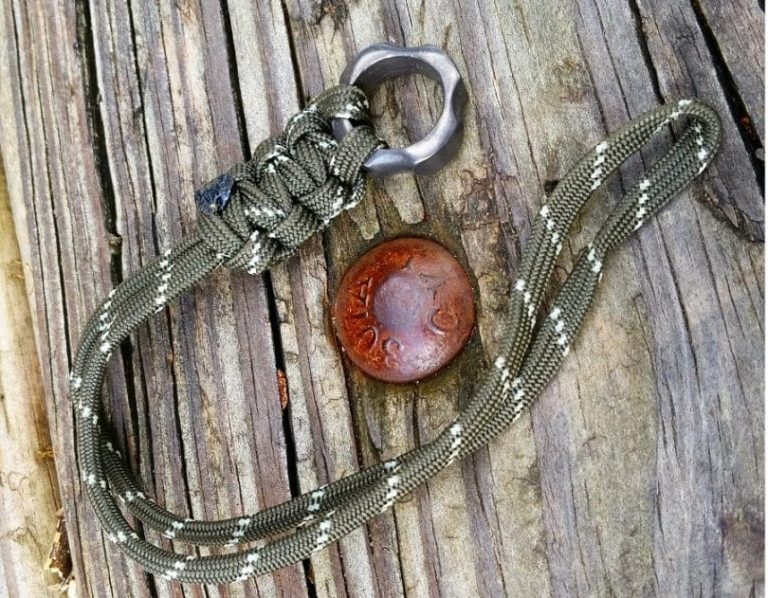


Navigation using the sun is good, but what should I do at night? Not only the sun, but stars and the moon can give lots of information about your positioning and time.
Here’s a small lifehack:
1. Drive 2 stakes in the ground. The stakes should be about 1 yard (91 cm) apart.
2. Pick any star you see in the night sky. You can use any star for this, although you’ll probably want to pick one of the brighter stars.
3. Line the star up with the tops of both stakes.
4. Wait for the star to move out of position with the stakes. Earth’s rotation from west to east causes the stars in the sky, as a whole, to rotate from east to west. Which way the star has moved with respect to its original position where you sighted it tells you which direction you’re facing.
If the star rose, you’re facing east.
If the star sank, you’re facing west.
If the star moved to the left, you’re facing north.
If the star moved to the right, you’re facing south. https://uploads.disquscdn.com/images/5c114e998eea15c1fd30333a98f12a639bad56ebdee53987fa37e30be879f453.jpg
I appreciate how your comment came with a nice illustration, Andrew. This is really helpful and is a must in the basic survival skills that every backpacker or camper should know by heart. This knowledge will save them from the trouble of getting lost, especially when they are quite far from the inhabited area.
For survival is also very important to find a source of drinking water. Almost always water accumulates in lowlands, where it flows down from the nearby plots. Water often rises to the surface in areas of soil with more loose structure than the surrounding soil. That looks like a triggered a kind of natural pump when heavier and waterproof soil pressures on aquifers, forcing water up, through the “tracks” of more permeable soil layers. Without such skill, it’s you won’t have much time for survival.
Good points, Robin. If I may add, utilization of portable water filtration system, such as the advanced and really compact Lifestraw, are critical in establishing a good and clean source of drinking water. In learning about positioning and accumulation of moisture, you present yourself in a more accessible point of obtaining water.